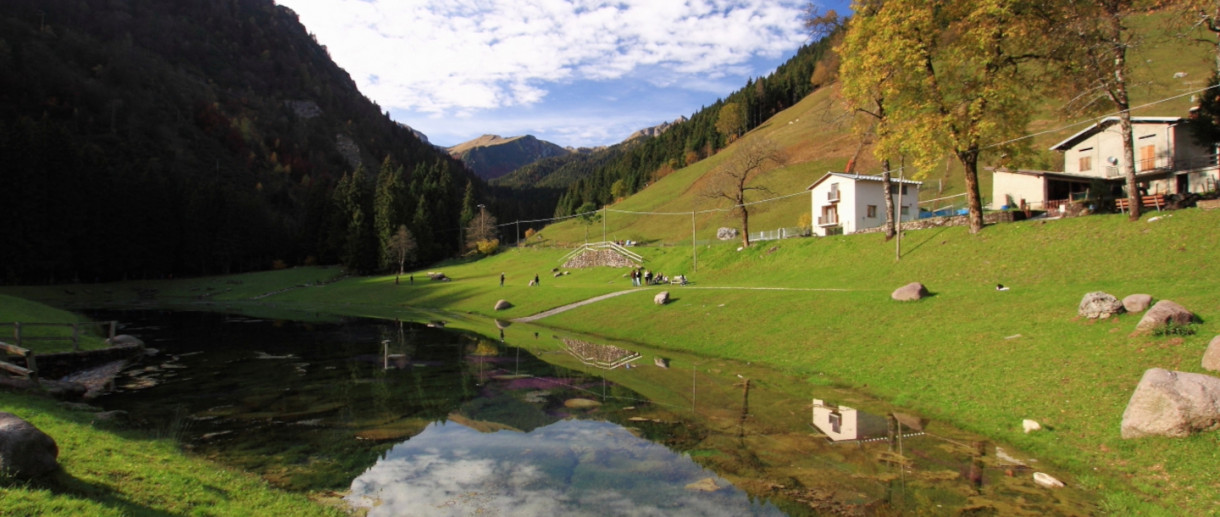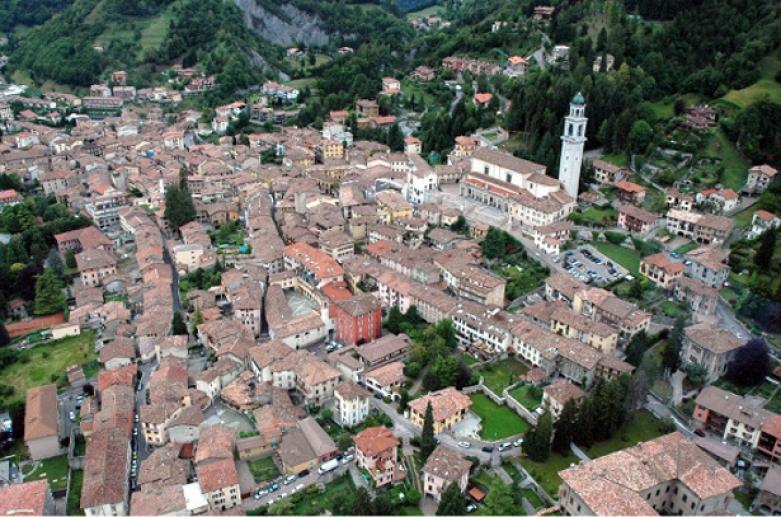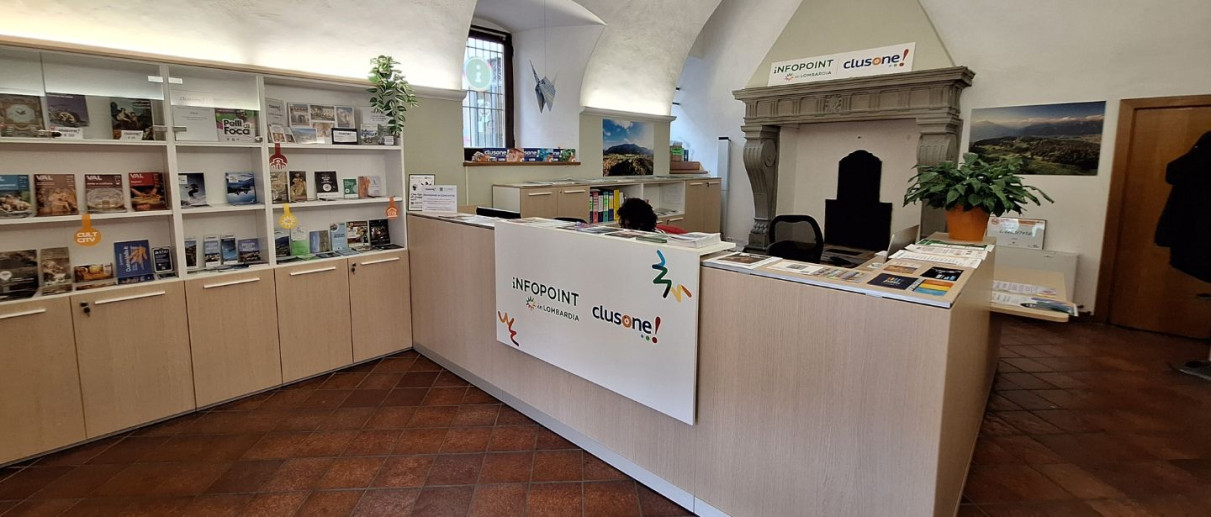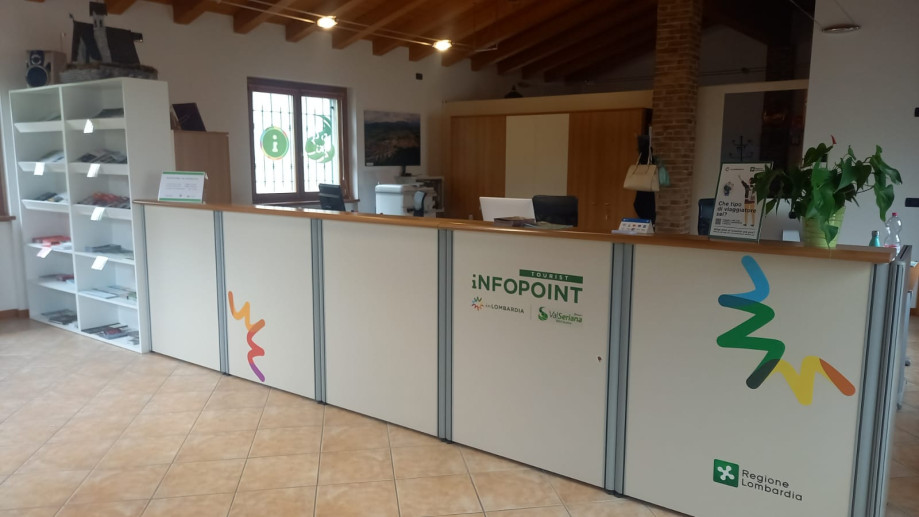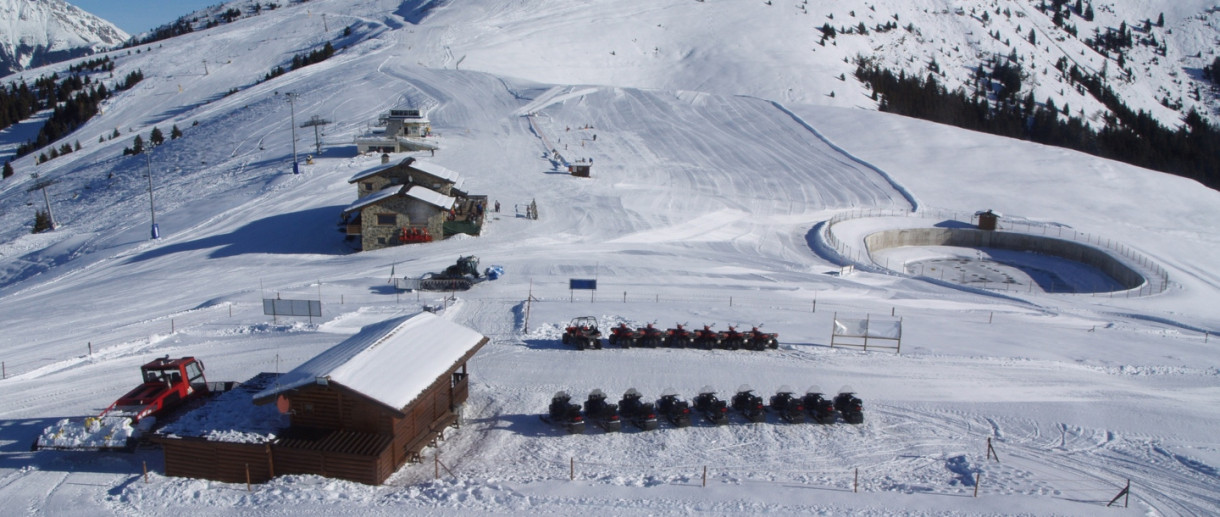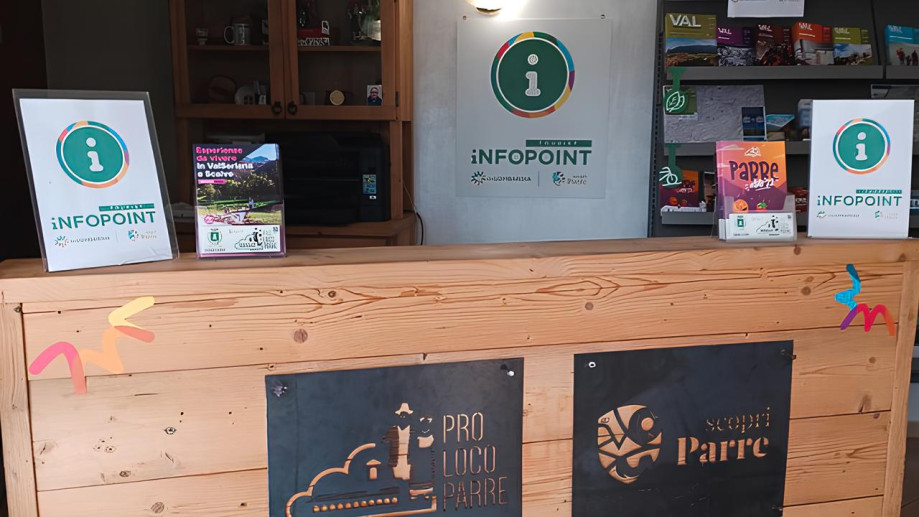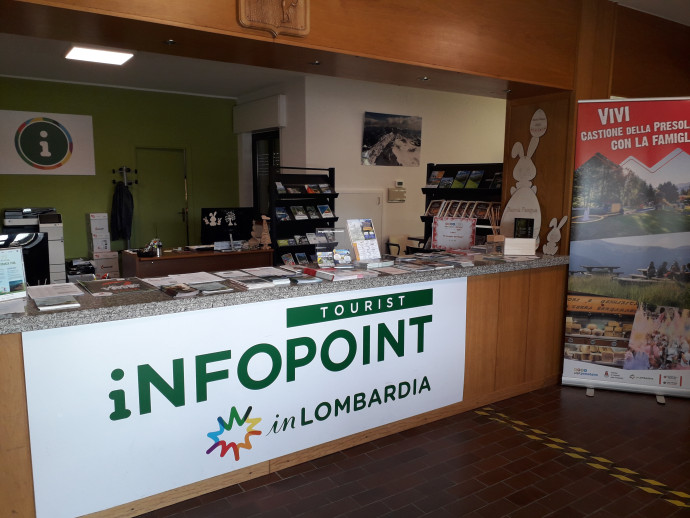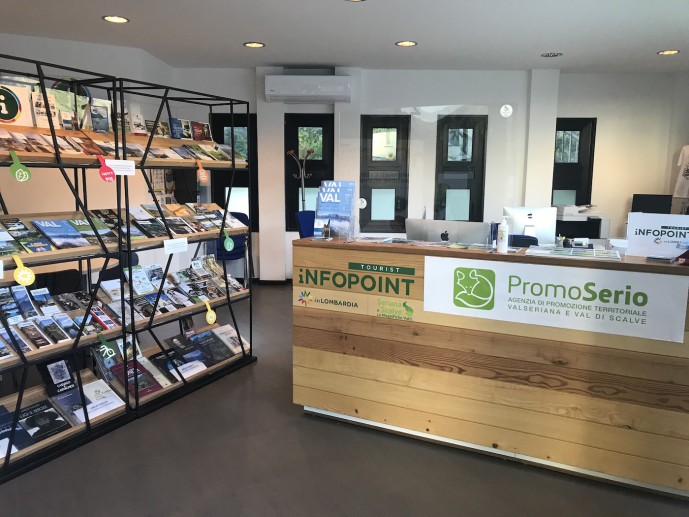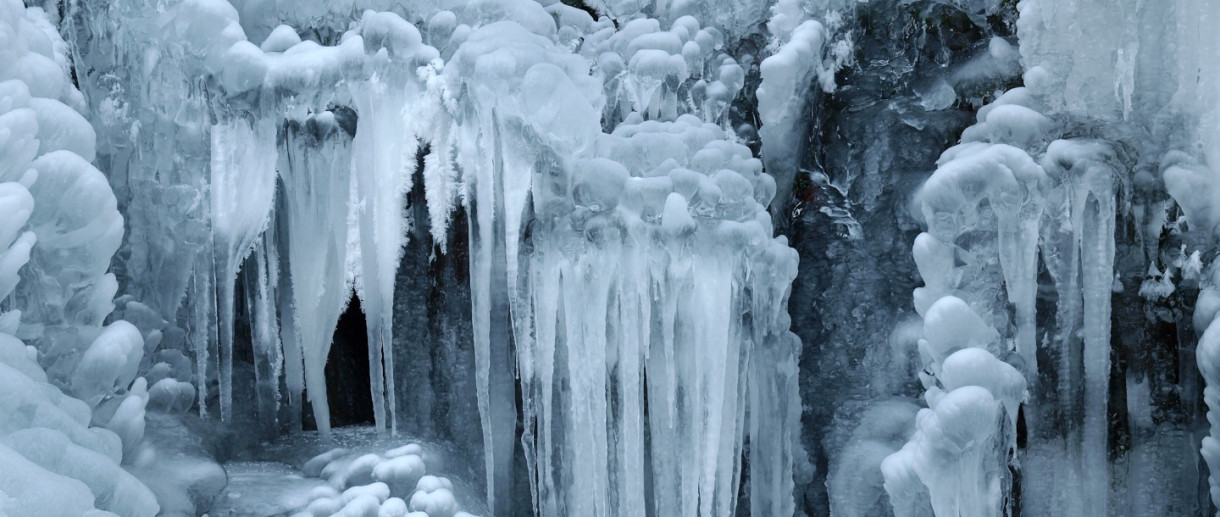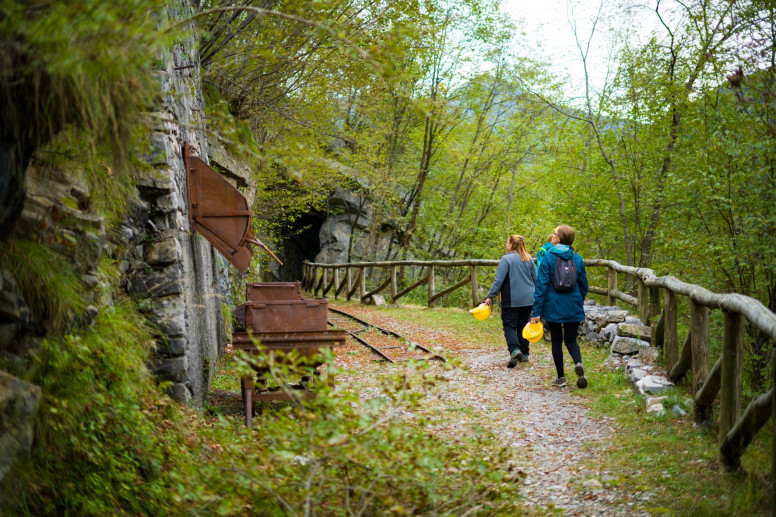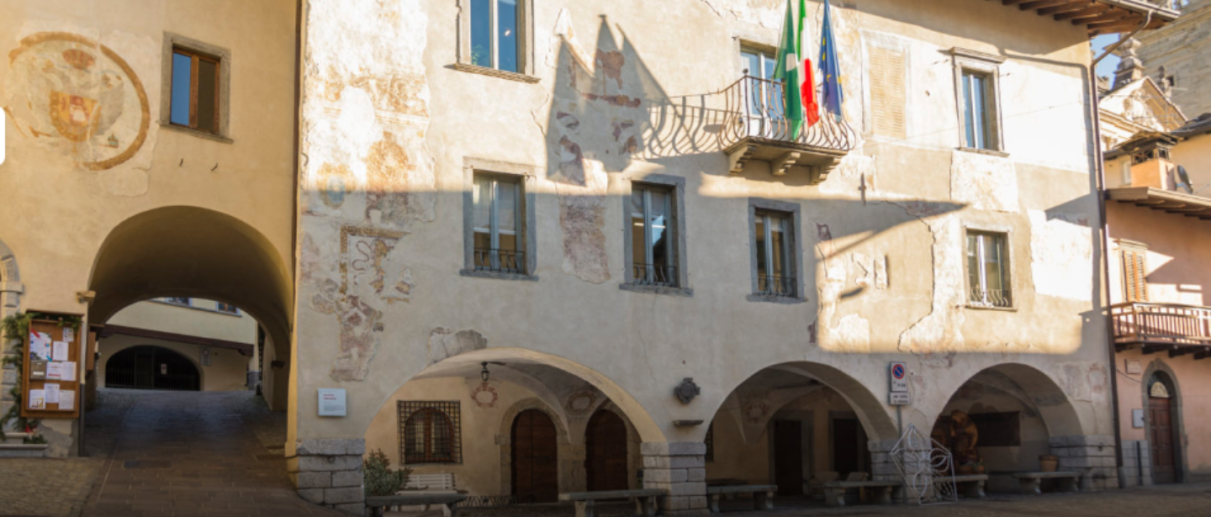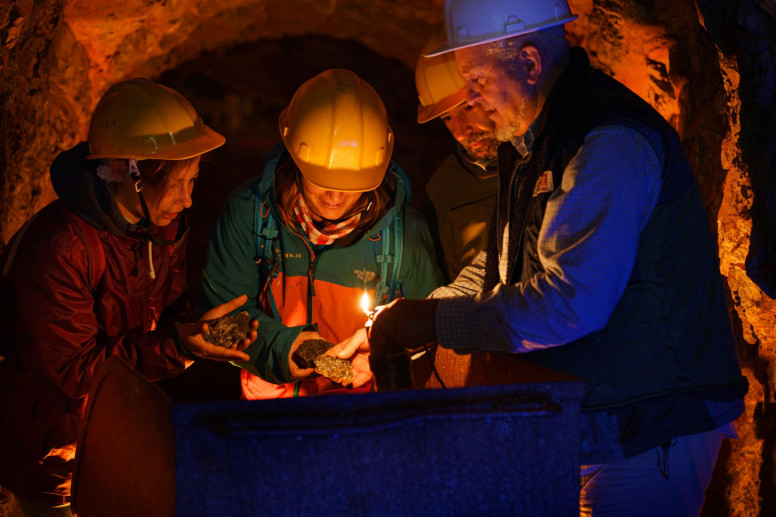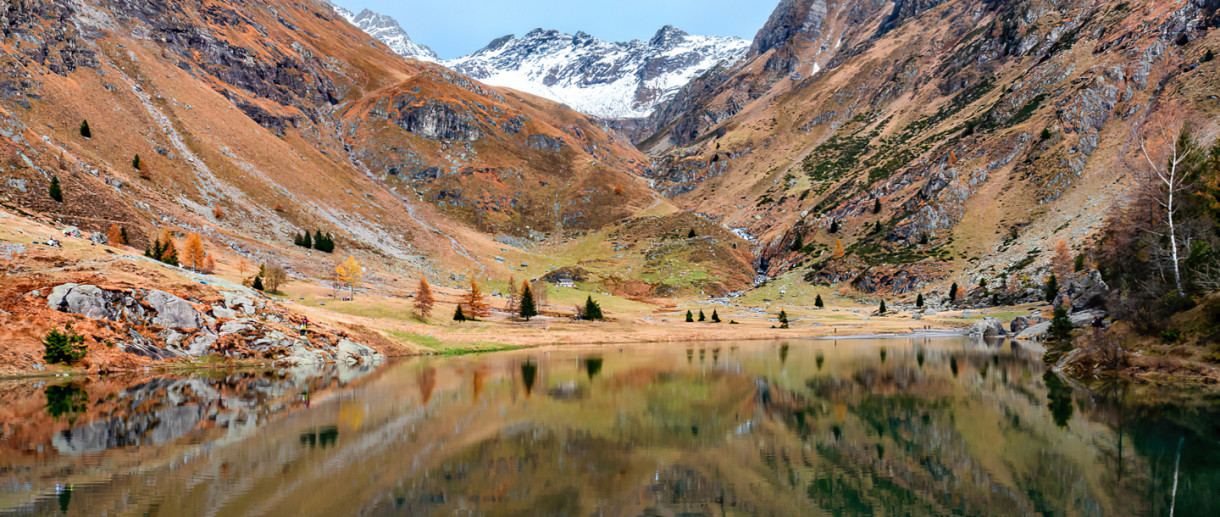- Villages
- Art & Culture
Gromo
Gromo in Valle Seriana is a sudden shattered dream, when the water cleared the forges that made this village a treasure trove.
Wood, iron, stone. And the sweetness of high peaks. This is Gromo (BG), a village in the upper Seriana Valley that was once a garrison of rich iron mines and a free municipality.
It was therefore a place of sorting for the European markets of weapons, swords and daggers forged using the powerful currents of its stream.
Water has been its richness and its ruin: it has shaped its forms in prehistoric eras, it has brought energy and profit to its shops before finally washing away all its forges in a single flood one day in November 1666, unhinging its economy.
From then on Gromo returned to being a rural village in the Orobie Alps, surrounded by pastures and mule tracks and with slate roofs that cover it like a hard and uniform protective mantle.
A few cars drive though but in the end, the village is not so different now than what it looked like in the seventeenth-century painting preserved in the church of San Gregorio.
The beauty of this small village expresses the artistic sophistication achieved by this community thanks to the prosperity brought by its forges: golden altars, sixteenth-century frescoes, wooden statues, ancient parchments, stone portals, artistic grilles, especially in the church of San Giacomo, outside the historical centre and true jewel of the village, to which were added the liberty villas that arose in the early twentieth century, when Gromo was a fashionable resort.
The heart of the village is the scenic Piazza Dante with the thirteenth-century Ginami castle, the Milesi palace (from 1443, now the Town Hall) with the elegant loggia, the civic archive with precious parchments and the aforementioned church of San Gregorio. And all around the "strecie", the narrow alleys, the green of the mountains unfolds.
ORANGE FLAG OF ITALIAN TOURING CLUB
BORGHI PIÙ BELLI D’ITALIA #INLOMBARDIA
